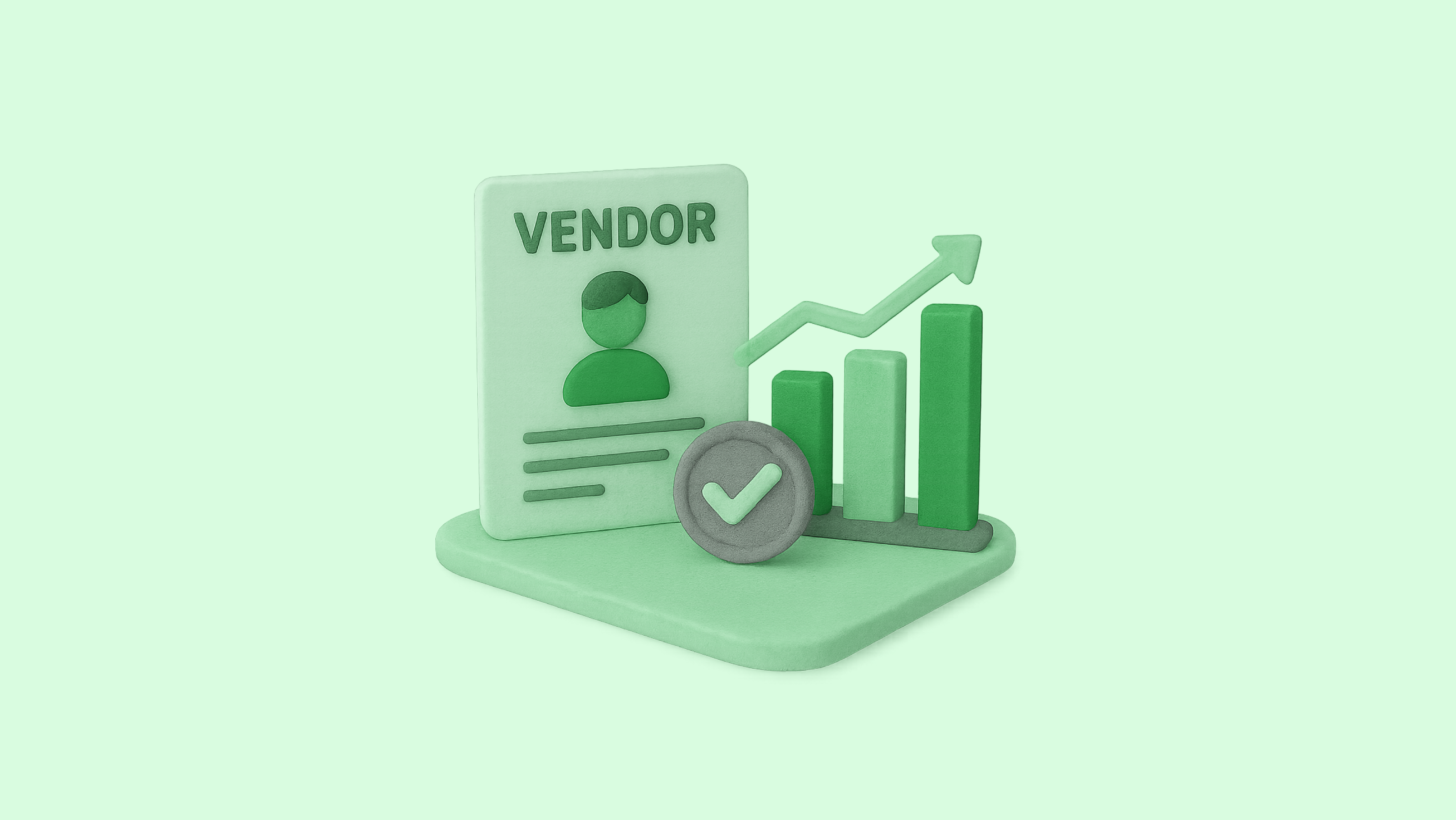Accounts payable (AP) is a critical part of any business, responsible for managing vendor invoices, approvals, and payments. Traditionally, businesses have handled these processes manually, relying on spreadsheets, email trails, and paper invoices. While this method may work for small operations, it often becomes inefficient and error-prone as businesses grow. Delays in approvals, missed payment deadlines, and difficulties in tracking expenses are common challenges that can affect cash flow and vendor relationships.
These challenges highlight the importance of adopting an integrated accounts payable system. By connecting AP with accounting, procurement, and other business functions, companies can improve efficiency, gain better financial visibility, and make informed decisions faster.
What is an Integrated Accounts Payable System?
An integrated accounts payable system is a software solution that combines AP processes with other critical business systems. Most often, this involves linking AP to enterprise resource planning (ERP) or accounting systems. When AP is integrated, invoices flow seamlessly from receipt to approval to payment without manual intervention at every step.
The system typically includes features such as automated invoice capture, workflow approvals, scheduled payments, and real-time reporting. By using an integrated ERP with AP automation, businesses can reduce the administrative burden on finance teams and ensure that financial records remain accurate and up to date.
Key Benefits of Integration
The advantages of an integrated AP system are numerous. Companies that invest in integration experience improvements in efficiency, cost savings, and vendor relationships. The main accounts payable integration benefits include the following:
1. Streamlined Workflow
Integration eliminates manual data entry and repetitive tasks. Invoices received in different formats, such as PDFs or paper, can be automatically captured, validated, and routed for approval. Automated workflows ensure that invoices are sent to the right people for approval on time. By streamlining AP processes, businesses can process more invoices in less time, reducing delays and bottlenecks.
2. Improved Financial Visibility
One of the most significant advantages of integration is real-time access to financial data. With an AP and accounting software sync, finance teams can track outstanding liabilities, forecast cash flow, and monitor spending trends without switching between multiple systems. This transparency allows managers to make informed financial decisions and ensures accurate reporting during audits or monthly closures.
3. Cost and Time Savings
Manual AP processes involve significant costs, including paper, printing, postage, and staff time spent on data entry and follow-ups. Automation reduces these costs by eliminating repetitive tasks and minimizing errors that lead to duplicate payments or late fees. Companies can also take advantage of early payment discounts, which further improves their financial position.
4. Stronger Vendor Relationships
Timely and accurate payments strengthen relationships with vendors. With an integrated system, businesses can ensure that invoices are paid on schedule and discrepancies are resolved quickly. Reliable payments make it easier to negotiate favorable terms, maintain long-term partnerships, and secure preferential treatment from key suppliers.
Measuring the Impact
To understand the benefits of an integrated AP system, companies can track key performance metrics. Metrics such as invoice processing time, cost per invoice, error rates, and early payment discounts captured provide a clear picture of efficiency improvements. Businesses that monitor these metrics can calculate the financial return on investment (ROI) from their AP automation initiatives.
For instance, reducing the average invoice processing time from 10 days to 3 days can free up finance teams for strategic tasks, lower late payment penalties, and improve cash flow. Similarly, synchronizing AP with accounting systems ensures that every transaction is accurately recorded, reducing reconciliation errors and improving overall financial health.
Challenges of Implementing an Integrated System
While the benefits are clear, implementation of an integrated AP system does come with challenges. Data migration from legacy systems requires careful planning to avoid errors or loss of information. Compatibility between existing ERP or accounting software and the new AP automation tool must be ensured.
Staff training is also crucial. Employees must understand how to use the system effectively, and change management practices can help ensure smooth adoption. Companies that invest in proper training and support during the transition can minimize disruptions and maximize the benefits of integration.
Real-World Applications
Businesses across sectors have realized significant improvements through AP integration. For example, companies in manufacturing often deal with a large number of supplier invoices every month. An integrated AP system allows them to automate invoice approvals, track payments in real time, and maintain accurate records for regulatory compliance.
In the service sector, timely vendor payments enhance relationships and ensure uninterrupted services. Companies that adopt integrated ERP with AP automation can easily reconcile payments with contracts, monitor outstanding liabilities, and manage cash flow efficiently.
Retail businesses also benefit by maintaining an accurate view of expenses, preventing overspending, and ensuring smooth operations. The accounts payable integration benefits in this context include faster month-end closings, accurate forecasting, and reduced operational risks.
Conclusion
An integrated accounts payable system is no longer a luxury but a necessity for businesses looking to operate efficiently and maintain financial control. By streamlining AP processes, companies can reduce errors, save costs, strengthen vendor relationships, and gain real-time visibility into their finances. With an AP and accounting software sync, decision-makers can plan more effectively, optimize cash flow, and achieve measurable ROI.
Investing in an integrated ERP with AP automation not only simplifies daily financial operations but also positions businesses for sustainable growth. Organizations that adopt integrated systems today are better prepared to meet future financial challenges while maintaining operational efficiency.





